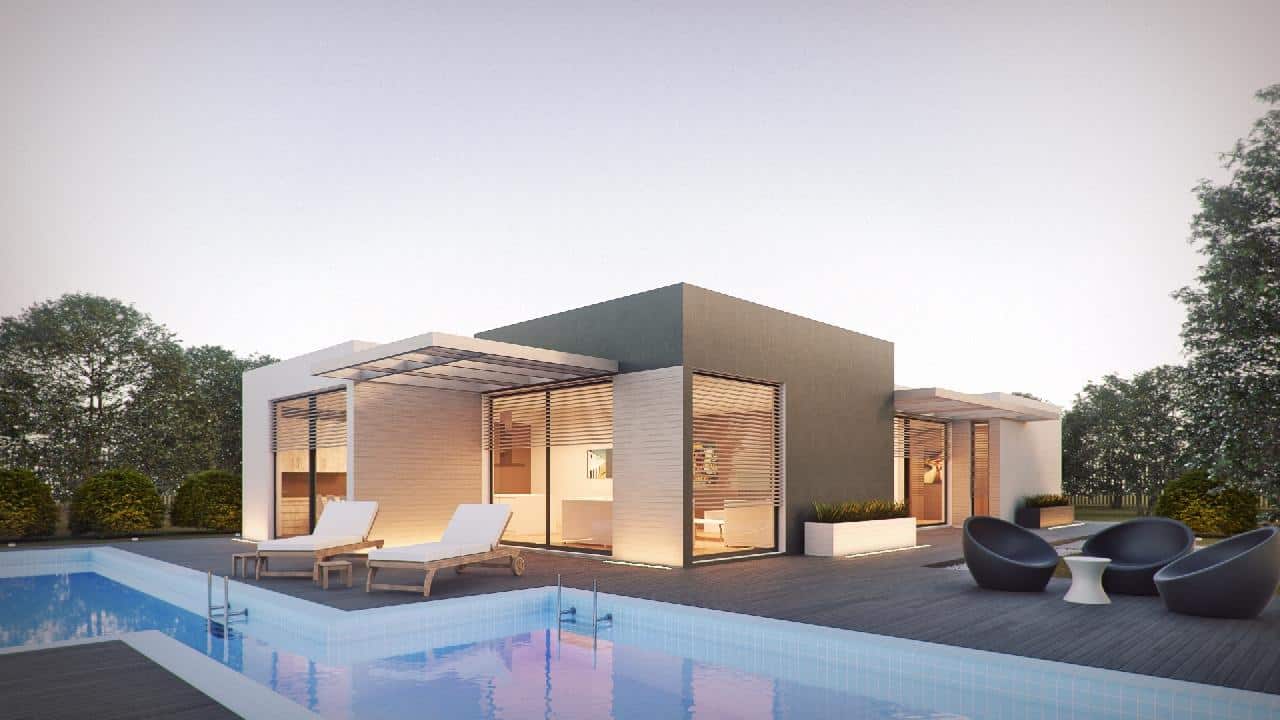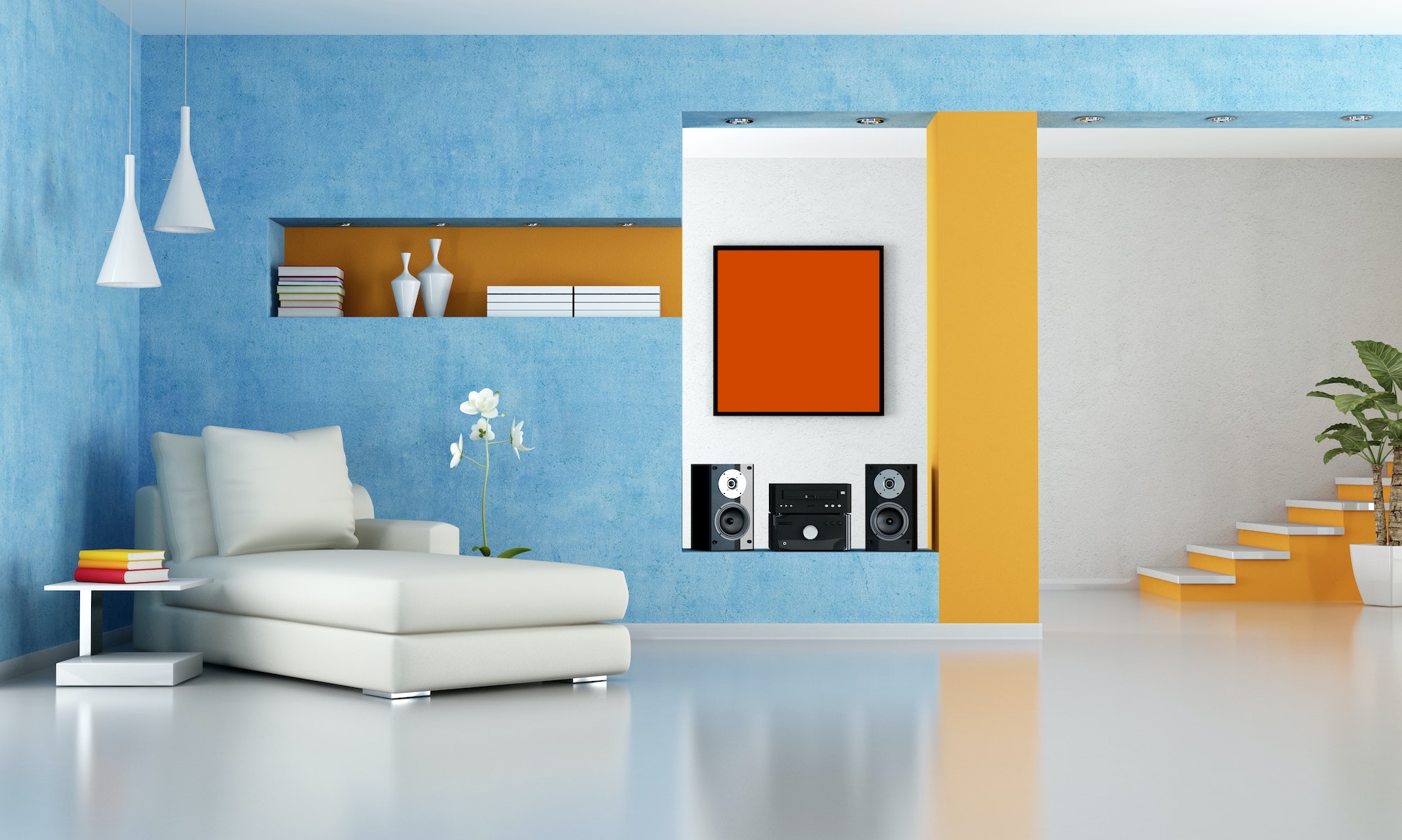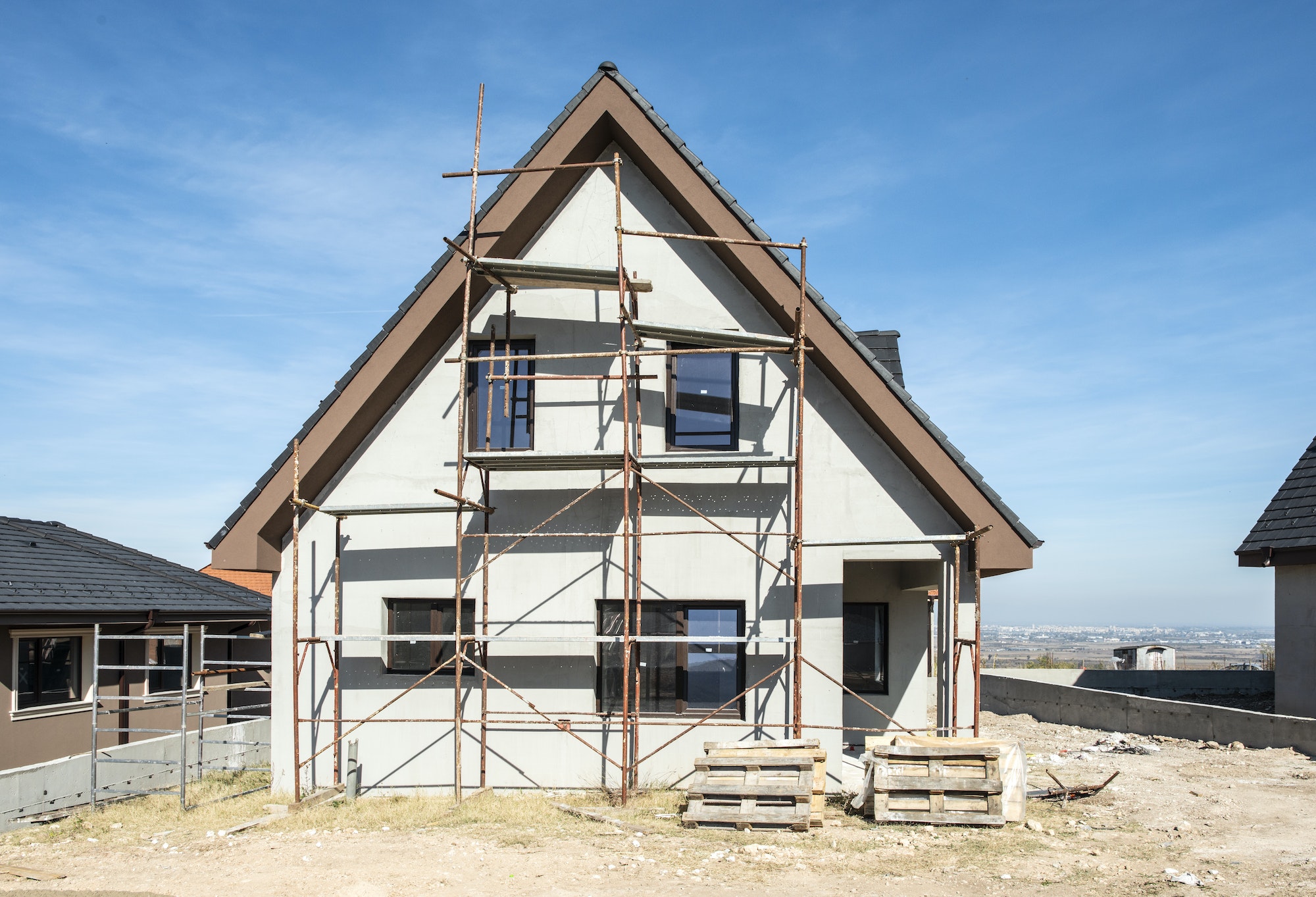Ever heard of pool coping? If you’re interested in improving the aesthetic of your patio while enhancing the safety and cleanliness of your pool, this might be for you.
In short, pool coping is the capping of a top of a wall to prevent water damage prevention and improve aesthetic appeal.
In this article, we will cover pool coping a bit more in-depth, so if that’s your thing, stay for a while!
What Is Pool Coping?
As mentioned earlier, pool coping is the process of covering the top of a wall for water damage prevention, and aesthetic appeal.
But to envision what it really is, imagine the decorative edge around the pool, which covers the underground wall of the pool. So if you’re sitting on the edge of the pool with your feet in the water, you’re sitting on the coping.
Coping not only protects the edge of the pool wall, but it is also needed for the proper functioning of your pool. Not to mention, it plays a part in providing an inviting look for your friends and family.
You might think that it’s not necessary, but let’s take a look at why you might be wrong.
Enhanced Functionality
The coping protects the pool wall and sell, as it prevents water from seeping in the behind the shell and causing damage. It helps with water flow, as it directs water away from the pool, and towards the drains.
It also improves safety by reducing the slipperiness of your entry/exit areas. It can also help at stopping various debris from entering the pool during those windy days.
And finally, it’s useful for providing secured access to mechanical components of the pool, which would otherwise be sticking out and vulnerable to the various elements.
Improved Aesthetic
Of course, the pool coping can be used as a decorative piece, made from a variety of materials, colors, and textures. It helps you create a more well-rounded look, and ties in with various other design elements in your yard.
Coping is the center of the action, it’s constantly being used in some way. People like to dangle their feet into the water, kids like to hang on the edge and do pullups, some like lean on it when they are rating.
So on and so forth, through the appearance and form of the coping, the pool becomes more comfortable, enjoyable, and inviting to your guests.
What Are the Most Common Pool Coping Styles?
Before you get to consider the type of material used for pool coping, you should consider the most common styles first. These are the most common:
Rough Cut
A rough cut is a type of pool coping style that provides a natural look. It is often made of natural, organic, and textured stones, which provide a very grainy look.
Cantilevered
A cantilevered style of pool coping uses special foam to create a finished edge for the concrete form. It creates a smooth blend between the deck and the pool edge with a seamless gradient.
Flat Mount
A flat mount pool coping style allows you to install various other materials on top of it, such as pavers, stones, etc. But it also helps in securing the pool liner.
Top Mount
The most common of styles is the top mount. It provides a rounded protruding edge for comfort and grip, and then slopes into the water. It finishes the edge of a pool if you have a poured deck.
Bullnose
A flat bullnose is flush with the deck, and a raised bullnose is raised at the water edge to direct the water floor.
A full bullnose creates a full lip around the edge, whereas a half bullnose rounds only at the top, leaving the bottom with flush with the wall.
What Are the Most Common Pool Coping Materials?
After you’ve chosen a style of pool coping, you would most likely move on to the next step of choosing the correct materials. These are the most common:
Precast Concrete
Precast coping provides you with a variety of choice when it comes to color, pattern, texture, so on and so forth. It also the cheapest of the common variants, as it is simple to install and provides consistent uniformity in color and thickness when installed.
Poured Concrete
Poured concrete coping allows you to have it part of the deck, as there is an evident break in finish on the horizontal plane. This can help you extend the deck area, and make it appear larger than it really is with clean and derivative lines.
Natural
Natural coping involves the sturdiness and warmth of the stone. The materials are limitless, as you can have any type of stone installed. Starting with limestone, all the way to quarried granite.
But when installing natural coping, you have to consider the thickness as it will be the most visible element of the installation.
If you’re interested in checking out some great coping, click here.
Pool Coping Done Right
Now that you have come to discover the principalities of pool coping. You are well on your way to deciding for yourself what you want, what you need, and how you’re going to get it done.
Pool coping is necessary, so you might as well do it right. With the information provided in this article, you can find yourself the right method of installation, materials, and functionality—so that you can better match with an experienced contractor.
If you’re interested in similar articles, check out the rest of our blog.
Discover more from Futurist Architecture
Subscribe to get the latest posts sent to your email.



